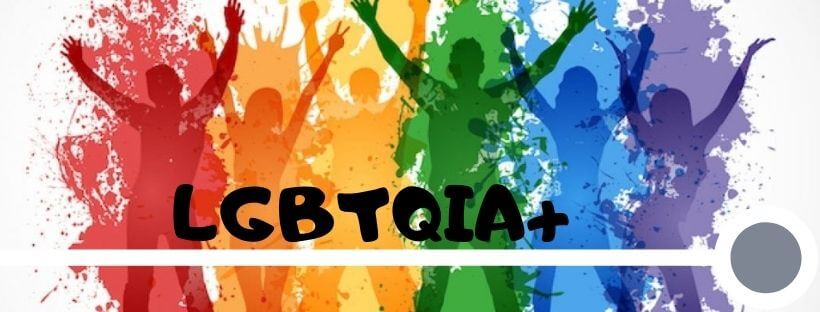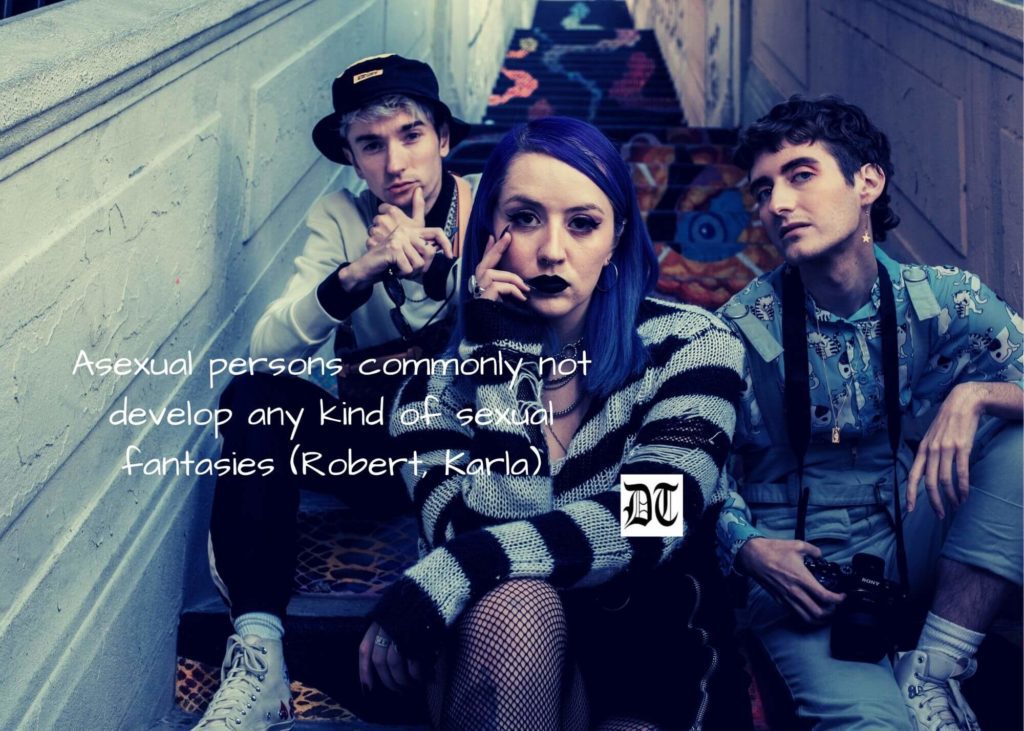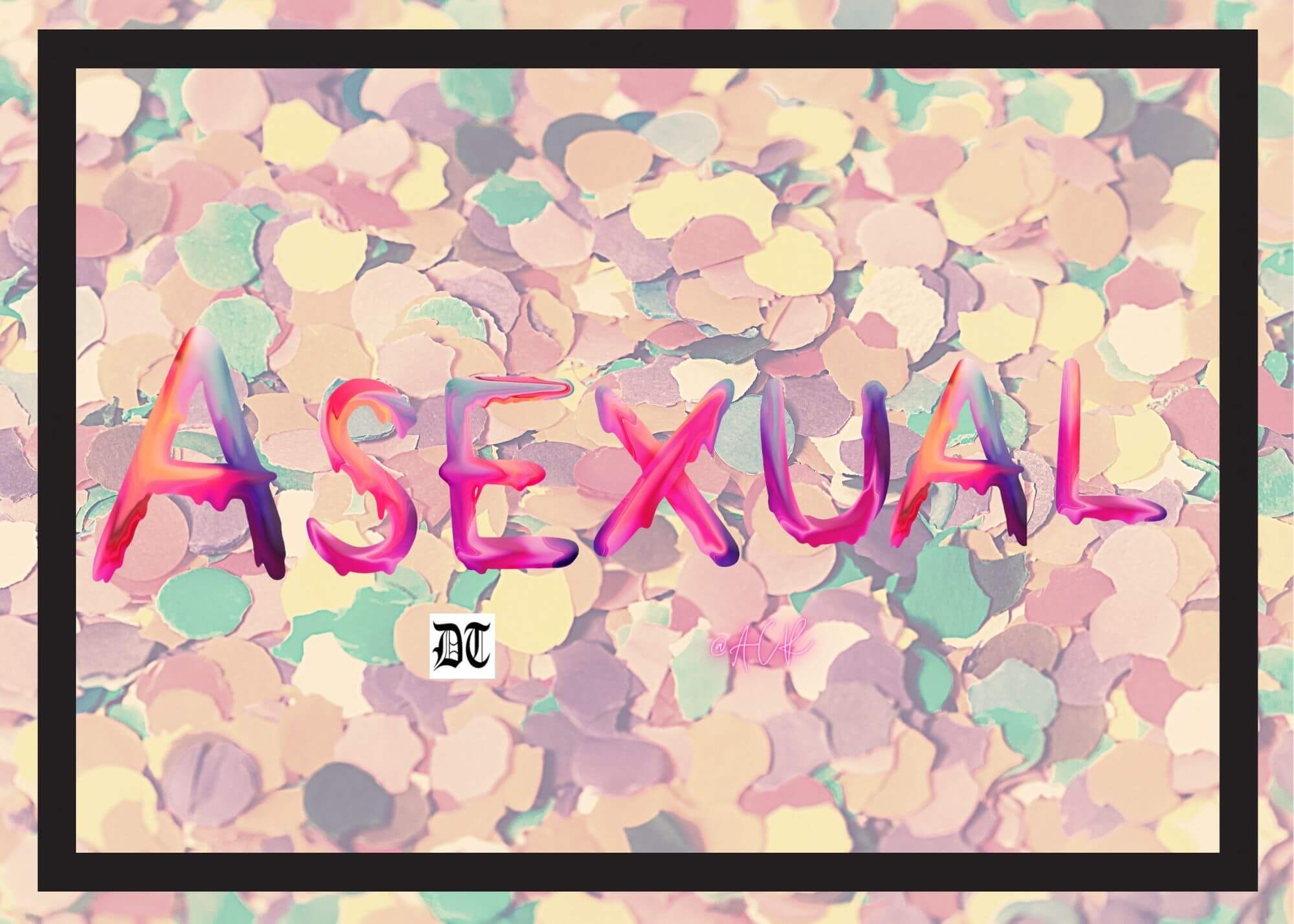Reading Time: 3 minutes
Shormita talks about asexual people, who are a minuscule in the gender study spectrum. An exclusive for Different Truths.

First, we need to understand the word asexual. Asexual is a person who is not sexually attracted to another person. In the term LGBTQIA+, A stands for asexual people. It is one of the kinds of sexual orientation. According to Medical News Today, approximately one per cent of the total population is asexual.
Asexuality is not a disorder, just like bisexuality and homosexuality is natural among humans. Asexual people do not feel the urge to be someone, or they do not develop such kind of feeling from the very beginning of their life. However, some asexual people develop other kinds of emotional or physical needs, which vary from person to person. Some of them build only romantic attraction to the person of same or opposite gender. Though, few of them eventually with time develop physical intimacy with their partner of same or opposite gender.
Asexuality is not a disorder, just like bisexuality and homosexuality are natural among humans.

The Asexual Visibility and Education Network (AVEN) defines asexuality as ‘someone who does not experience sexual attraction’(Wikipedia). AVEN is an organisation which was founded by David Jay (asexuality activist), in 2001. However, researchers are studying this kind of behaviour in human beings; this field of study is one the most emerging study in gender studies.
Asexual persons commonly not develop any kind of sexual fantasies (Robert, Karla).
Asexual persons commonly not develop any kind of sexual fantasies (Robert, Karla). It is quite interesting to find out that David Jay has primarily originated asexuality as a different variant of sexual orientation because he wanted those people to feel normal and regular if they do not find interest in sexual activities. Lack of interest in sexual intimacy does not make a person abnormal or unusual (Carrigan et.al). KJ Cerankowski and Megan Milks in their research paper, New Orientations: Asexuality and Its Implications for Theory and Practice, has opined that asexuality is still an unexplored field in the study of gender and sexuality (Aleksondra, Elizabeth)
Thus, asexuality is a new term in the civic domain; it has received less scientific attention from the psychological perspective. Self-identification is one of the influential characteristics of an asexual person. It is very significant to understand that asexual person may have romantic relationship with their respective partner; this may be called as hetero-romantic or homo-romantic. Yet, it is not necessary for an asexual to develop romantic desires for their partner; this may be called as aromantic. Therefore, asexual person does not consider it mandatory to be in a stereotypical set up of relationships.
References
· Aleksondra, Hultquist. Elizabeth J. Mathews. (2016). New Perspectives on Delarivier Manley and Eighteenth Century Literature: Power, Sex and Text. Routledge. p. 123. Retrieved Jan 4th, 2017.
· Carrigan. Gupta. Et.al. Asexuality and Sexual Normativity: An Anthology. Routledge, 2015.
· Robert L. Crooks. Karla Baur. (2016). Our Sexuality. Cengage Learning. Retrieved Jan 4th, 2017.
· Twersky, Carolyn. ‘What is Asexuality?’ Seventeen: Nov 29th, 2018. www.seventeen.com/love/a22864083/what-is-asexual-meaning-definition/
· en.wikipedia.org/wiki/Asexuality
· www.medicalnewstoday.com/articles/327272#asexuality-celibacy-and-abstinence
Visuals by Different Truths













